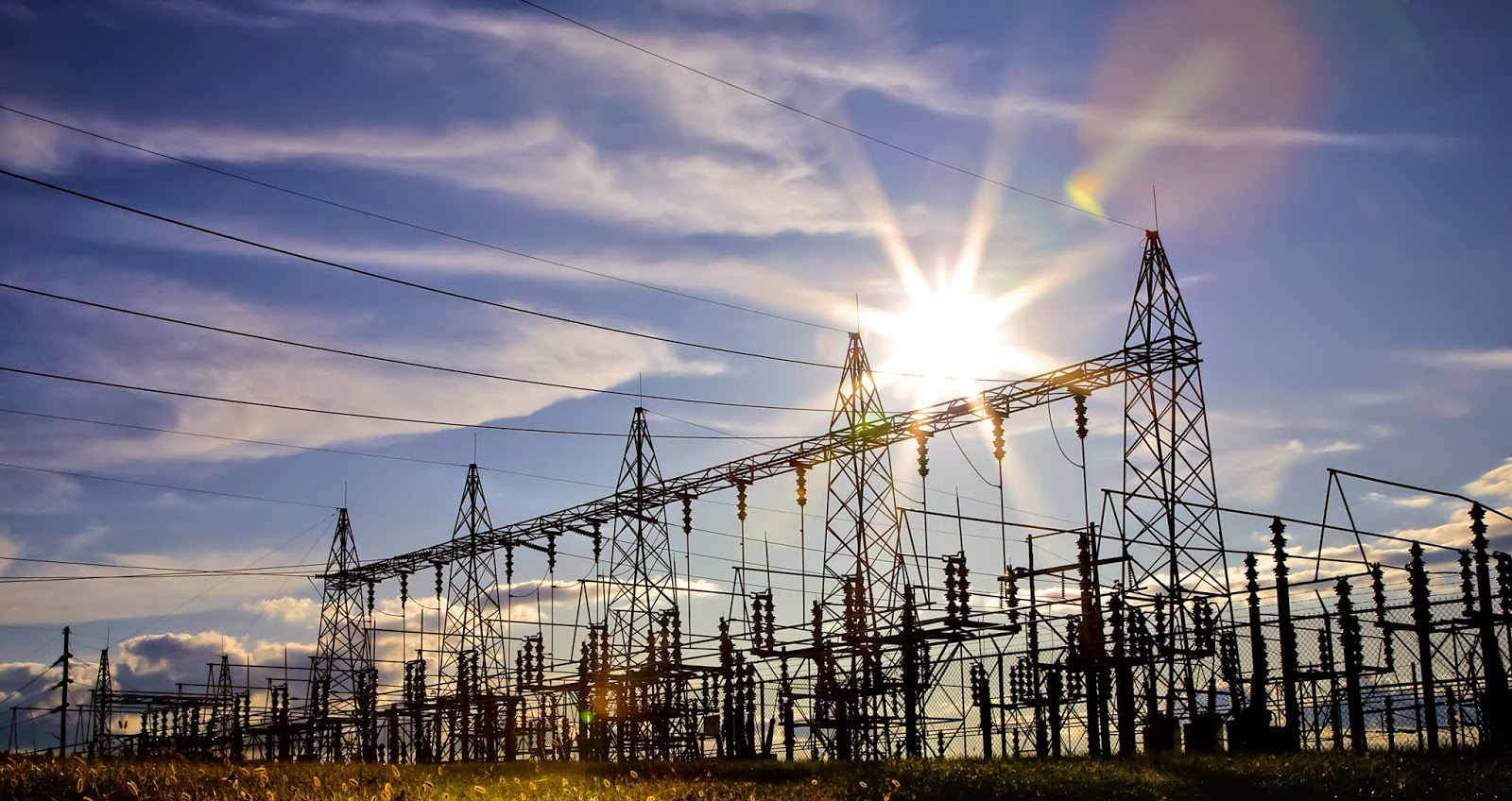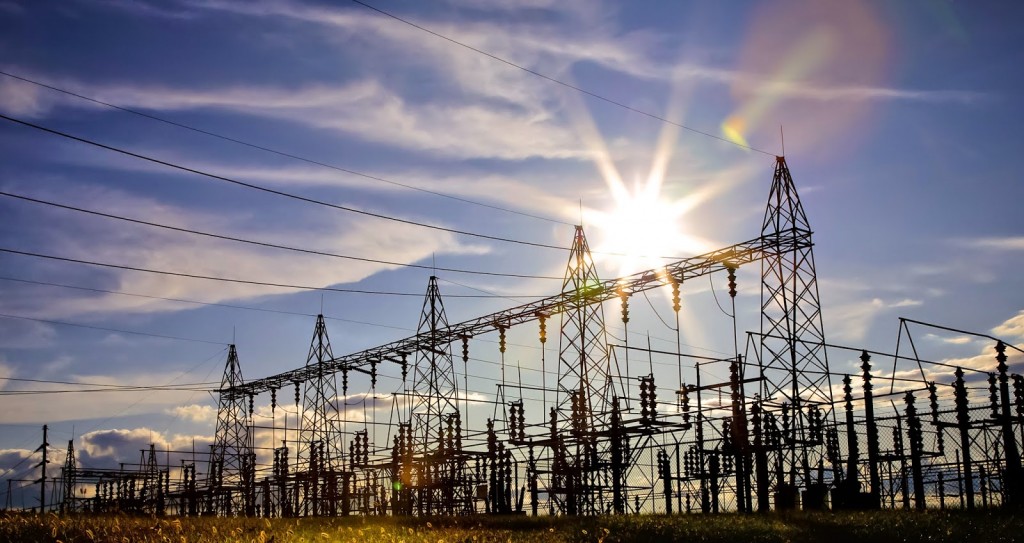Sourced : Defence One
By Patrick Tucker
As Russia seizes the stage, the lights are going out in Ukraine. On Sunday morning around midnight a major blackout struck the power substation in Novi Petrivtsi, a village near Kiev, disrupting power to between 100,000 and 200,000 people. Vsevolod Kovalchuk, acting director of Ukrenergo power company, said that the company was able to get the service restored relatively easily, within an hour and fifteen minutes. He told Defense One he was “99 percent” certain a deliberate attack caused the blackout.
Sunday night’s power outage echoes one that occurred roughly a year ago, affecting more than 225,000 people Ukraine. A shadowy Pro-Russian group called Sandworm emerged as the most likely culprit.
“On December 18, 2016, a transmission substation serving the Ukrainian capital de-energized, leaving roughly one-fifth of Kiev without power. Official company communication listed ‘hacking’ and ‘equipment failure’ as possible causes. While details are still sparse, the improbability of the simultaneous loss of three transmission lines lead us to assess with low confidence that a cyber attack was the root cause,” said FireEye’s Sean McBride, who added, “Nevertheless, we note significant dissimilarities between this and the 2015 outages.”
Ukrenergo has not named the latest attacker. But the event coincides with renewed violence in Eastern Ukraine.
“In the last couple of days, there’s been a deterioration on the ground with the rising numbers of ceasefire violations, mostly initiated by the separatists and the Russians who control them. It’s a subject that has to be kept under continuing review,” Amb. Alexander “Sandy” Vershbow, who retired in October as deputy secretary general of NATO, said in briefing with reporters in Washington on Tuesday.
“Two years since the first Minsk agreements we still haven’t seen Russia implementing the very first parts of its obligations, which is a ceasefire and the durable, irreversible withdrawal of the heavy weapons,” said Vershbow, citing open source information and classified intelligence showing that Russia continues to provide fighters with advanced technology and armaments.
Ukrainian President Petro Poroshenko recently told CNN that Russia has outfitted the pro-Russian fighters with more than 700 tanks, on top of 1200 armored personnel carriers, 1000 artillery systems.
“These little gangster states have more tanks than most NATO allies including the latest model Russian tanks which were not stolen from Ukrainian storehouses. They do not exist in the Ukrainian inventory,” said Vershbow.
Ukraine, too, operates a large weapons arsenal compared to other European states, including 2,800 tanks (France has just 423) and 625 multiple rocket systems. Of course, the primary difference is that the pro-Russian forces have a happy willing supplier in Russia.
“Right now there has been a severe uptick in fighting near Svitlodarsk, but it would be a mistake to say that the war in 2014 is the same as the war in 2016, due to a decrease in direct Russian involvement,” said Aric Toller, a researcher at the open source intelligence group Bellingcat. Toller has been keeping eyes on the situation.
For a sense of how history could repeat itself look back to the summer of 2014, a period that Vershbow calls the darkest moments of the conflict. Ukrainian forces were succeeding in pushing pro-Russian forces back. Putin responded with a massive surge in forces. “That was the battle of Ilovaysk which saw huge Ukraine’s casualties,” said Vershbow.
The same thing happened in the summer of 2015 with the battle of Debaltseve. There, too “massive Russian involvement turned the tide,” he said.
All of that provided support to those in Washington looking to provide military aid, particularly anti-tank weapons, to the Ukrainians. “There was a strong moral and political case that if the United States was not prepared to defend the Ukrainians directly that they should give them more means to defend themselves,” said Vershbow.
The most recent National Defense Authorization Act provides nearly $500 million in aid to Ukraine, including lethal assistance. But Washington analysts long have said that amount likely won’t be enough to change the balance of power on the ground.
“It’s a fact of life that Russia can always out-escalate Ukraine,” said Vershbow.
“The fact that the frontlines are where they are is a direct consequence of the massive artillery attacks from Russia in the summer of 2014,” said Toller of Bellingcat. On Wednesday, Bellingcat released a major report painstakingly documenting those attacks against Ukranian targets, the campaign that helped push the situation to where it is today.
“The [Russians] are, of course, maintaining the pretense of a civil war. This report shows that Russia’s insistence of not being a direct party to the conflict — an assumption that was ‘baked into’ Minsk II — is a complete falsehood. We should not treat this as a civil war, and instead see these attacks from 2014 as acts of war staged from Russia on Ukraine.


